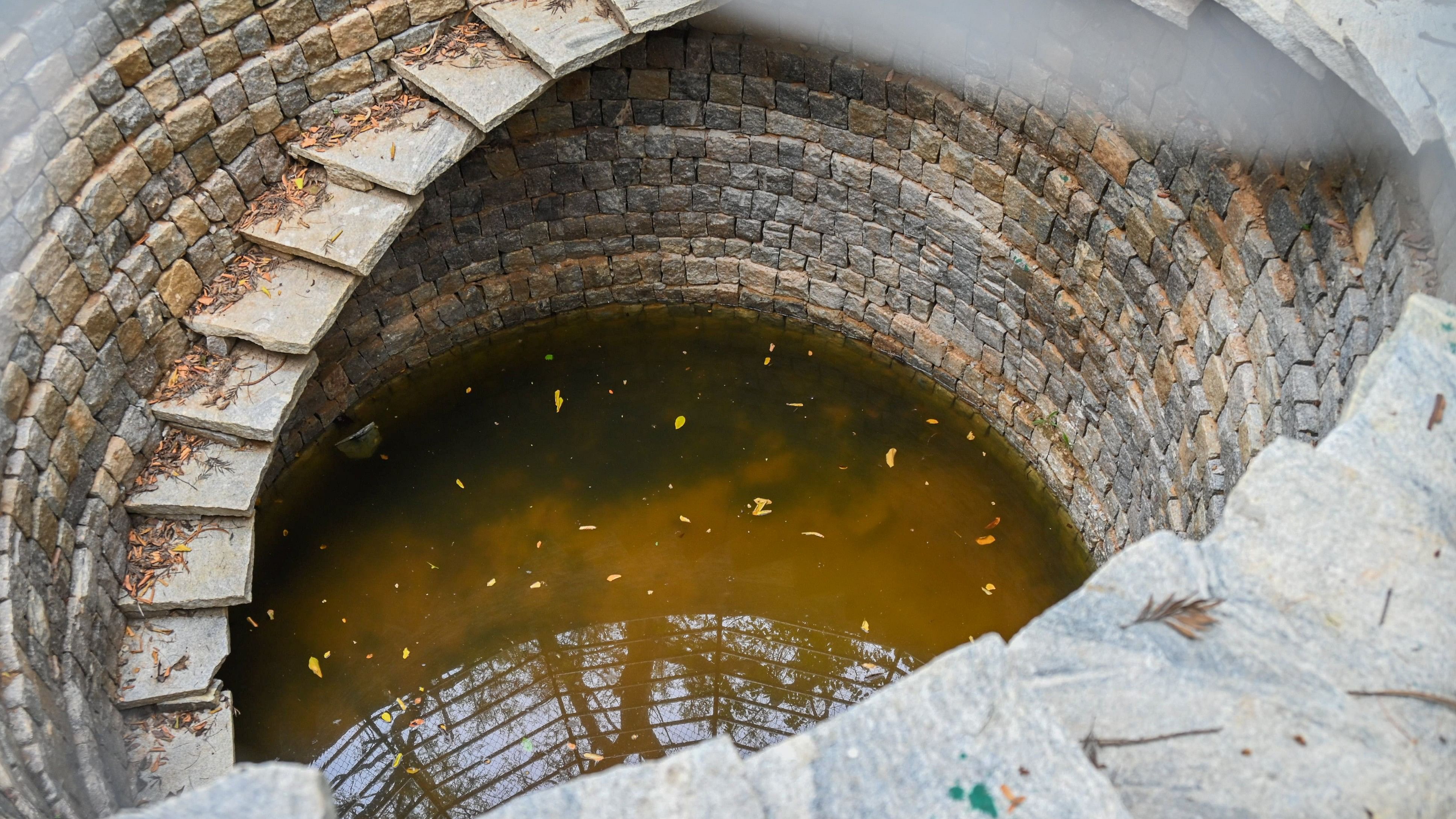
Intake of high levels of fluoride could cause calcium deficiency and skeletal fluorosis that significantly weakens bones. Photo for representation.
Credit: DH File Photo
Bengaluru: In another bleak pointer to groundwater contamination in Chikkaballapur taluk, a new study has recorded excessive fluoride and nitrate content in samples and marked children who consume the water at a higher health risk.
The Bureau of Indian Standards (BIS) stipulates nitrate and fluoride concentration limits in drinking water at 45 mg/L and 1.5 mg/L, respectively. In Chikkaballapur urban, 2.43 per cent of the water samples had fluoride concentrations higher than the prescribed limit. It was significantly higher in Chikkaballapur rural, where the concentrations ranged from 0.03 to 2.43 mg/L, with 15.17 per cent of the samples exceeding the limit.
The nitrate concentration in the urban areas was 24.8 mg/L (range of 8-41 mg/L). In rural Chikkaballapur, the mean nitrate concentration was higher, at 27.35 mg/L, with values varying from 0.8 mg/L to an alarming 252 mg/L.
Exposure to the pollutants was determined from water consumption in the study area. Men and women in rural areas reported total hazard index (THI) values from 0.157 to 6.506 and 0.185 to 7.689, respectively, while children reported values from 0.212 to 8.796. For managing non-carcinogenic risk, the study placed 1 as the permissible threshold for THI.
The study was conducted during the post-monsoon period in 2021 by researchers in the Indian Institute for Human Settlements (IIHS), Bengaluru, and collaborators in the Sri Sri Sri Shivakumara Mahaswamy College of Engineering, Bengaluru, and Government Engineering Colleges in Bidar and Chamarajanagar. The paper was published, in August, in the Environment Quality Management journal.
Kiran D A, Associate-Practice at IIHS and corresponding author, told DH that intake of high levels of fluoride could cause calcium deficiency and skeletal fluorosis that significantly weakens bones.
Continued consumption of nitrate-heavy water can lead to serious issues like blue baby syndrome in infants and increase stomach cancer risk in adults, he said.
Leaching of agricultural fertilisers, septic tank leaks, and organic matter discharge contribute to nitrate contamination, while fluoride in water originates from natural processes and human activities like coal burning.
Shashank Palur, senior hydrologist at WELL Labs, said regardless of the geological conditions, community-level demineralisation through Reverse Osmosis (RO) plants was essential. “However, RO comes with a cost, both in terms of funds and water wastage,” he said, while calling for concerted policy-level interventions.
Anjaneya Reddy of Shashwatha Neeravari Horata Samiti traced the larger issue to administrative apathy and a lack of scientific understanding in installing RO plants in the district.